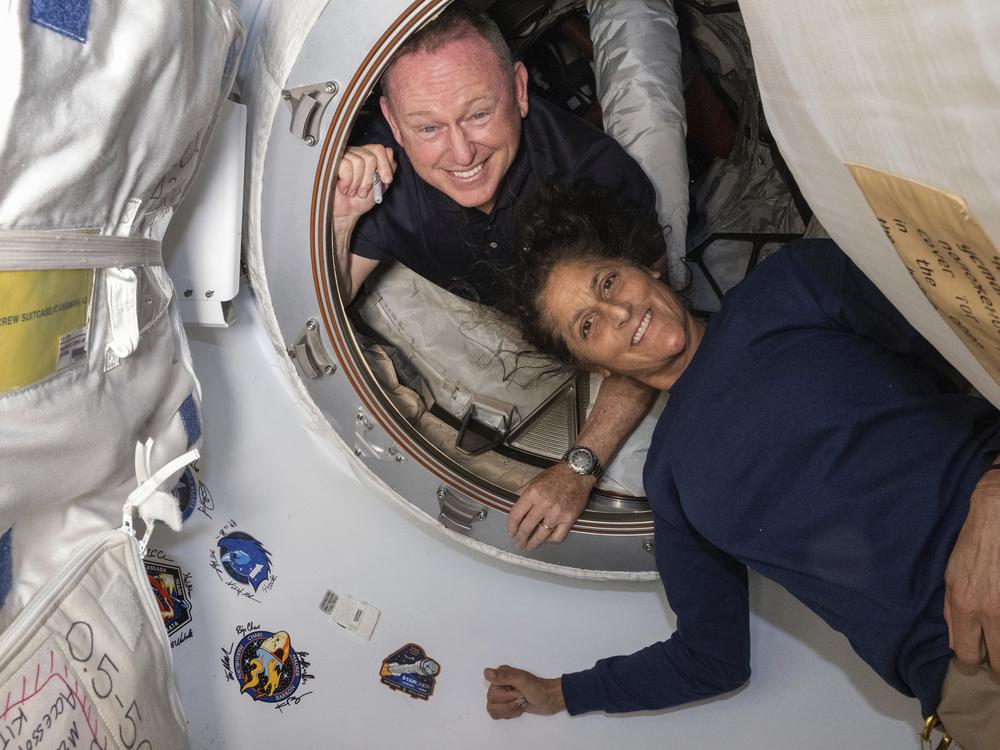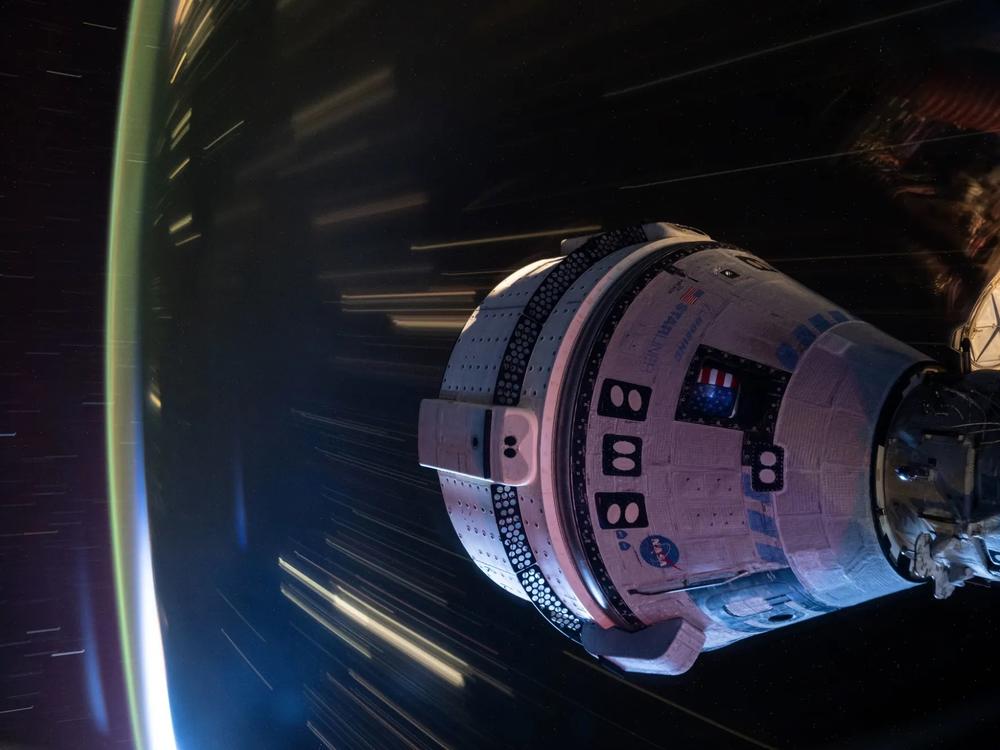Section Branding
Header Content
NASA will bring stranded astronauts back on SpaceX — not Boeing's Starliner
Primary Content
Boeing’s Starliner will come back to Earth empty, and the two astronauts who took it up into orbit on a test flight will return in a capsule built by a competing company, SpaceX.
The long-awaited decision by NASA means the astronauts will have to cool their heels on the International Space Station until February.
And it’s a stunning blow to Boeing's beleaguered Starliner program, which has been beset by delays and technical troubles.
“Space flight is risky, even at its safest and even at its most routine. And a test flight, by nature, is neither safe nor routine,” NASA Administrator Bill Nelson said at a press briefing on Saturday.
He noted that the decision was made in the context of NASA officials knowing that past mistakes had resulted in the loss of two space shuttles and their crews. “Our core value is safety and it is our North Star,” said Nelson.
“This has not been an easy decision but it is absolutely the right one,” added NASA associate administrator Jim Free.
In early June, astronauts Barry "Butch" Wilmore and Sunita "Suni" Williams blasted off in Starliner on a trip to the station that was supposed to last about eight days--but now it will be eight months.
That’s because glitches cropped up during the test flight. NASA and Boeing spent weeks trying to understand the cause of helium leaks and flakey behavior by thrusters that inexplicably conked out as Starliner approached the station.
“It’s been a long summer for our team,” said Steve Stich, the manager of NASA’s Commercial Crew Program, who said that the situation with the thrusters was too complicated to know whether or not they might fail at a critical time. “There was just too much uncertainty in the prediction of the thrusters.”
So the agency has turned to their reliable partner SpaceX, which has successfully been providing taxi services to and from the station for several years.
A SpaceX capsule was already scheduled to go to the station next month, with its return trip planned to occur in February. NASA has decided to reconfigure things so that this capsule has two seats free and available for Williams and Wilmore to catch a ride home.
“That just became the easiest and the best option, and the most efficient option,” says Stich.
And the two astronauts supported the agency’s decision, though it means more time away from their loved ones back on Earth, says Norm Knight, director of flight operations at NASA. Both Williams and Wilmore are experienced astronauts who have done months-long stints on the International Space Station in the past.
Having a rival firm step in to complete a high-profile, milestone mission is an embarrassing development for aerospace giant Boeing, which has long had difficulties with Starliner.
In 2019, Starliner's first uncrewed test flight didn't even make it to the station. The second test flight, in 2022, was deemed a success, but engineers later found worrying problems such as the use of adhesive tape that was flammable. Fixing these issues delayed its first flight with astronauts.
For a decade, Boeing and SpaceX both have had contracts with NASA as part of the agency's Commercial Crew Program, which was established to have industry provide regular flights to the nearby space station so that NASA would be freed up to focus on going to the moon and beyond.
Boeing received significantly more money than SpaceX to develop a space taxi. But while Starliner has yet to complete a crewed round-trip flight to the ISS, SpaceX has done a number of crewed missions for NASA.
In a statement on X, formerly called Twitter, Boeing said the company was continuing “to focus, first and foremost, on the safety of the crew and spacecraft. We are executing the mission as determined by NASA, and we are preparing the spacecraft for a safe and successful uncrewed return.”
Administrator Nelson said he’d talked to the CEO of Boeing, Kelly Ortberg, and that Ortberg said the company would continue to work to understand the problems once Starliner is back safely.
NASA officials said they’d meet next week to discuss the return of Starliner, and that it may undock from the station and fly back to Earth early next month.


